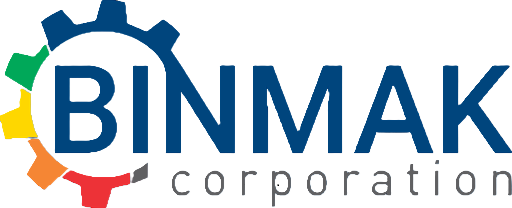Managing physical assets comes with significant risks, including safety hazards and potential legal violations. To help companies evaluate their current physical asset management practices and identify areas for improvement, Binmak developed a ‘Codes of Practice’ assessment tool. This valuable resource is offered as Software as a Service (SaaS). In this blog post, we will explore how one of our Engineers guided a client through the implementation process of the ‘Codes of Practice’ assessment tool. This ensured compliance and mitigated risks associated with managing physical assets.
The client, like many mining companies, operates in environments that are often challenging, with risks such as machinery accidents, hazardous materials exposure, and structural collapses. As a result, codes of practice have been developed to ensure the safety of workers and the environment. To provide a higher level of assurance regarding engineering and project-related COPs or SOPs, we developed a SaaS assessment or assurance tool based on a structured compliance checklist.
The client faced many challenges in assessing their adherence to codes of practice. The process was often time-consuming and subjective, depending on the assessor’s interpretation of the codes. The following are some of the challenges addressed.
- Existing audit tools were not adequate to measure compliance to COPs
- Existing audit tools needed to be migrated from an excel to a web-based format to ensure that there is an audit trail or history in order to gauge whether there is improved performance
- Existing audit tools were not consistently applied across mining and processing
- The scoring on the audit tool was viewed as being subjective, depending on the assessor’s interpretation of the codes
- The process of reviewing compliance with these codes was difficult to track, and there was no centralized system for storing assessment results
The primary objective was to develop a standard code of practice (COP) assessment tool. The tool would then be used by the client for conducting audits. The assessment tool was to be applied across all client sites and be capable of the following:
- Automatic generation of action plans from the gap assessment
- Generation of Reports
- Developing spider diagrams that depict the level of maturity versus the best practice
In developing the assessment tool, the following business requirements were considered:
- Objectivity: The tool was designed to be objective and not depend on the interpretation of the assessor.
- Comprehensive: The tool evaluates compliance with all relevant codes of practice.
- Scalable: The tool is scalable to accommodate the addition of new codes of practice.
- Easy to use: The tool is easy to use and understand.
- Report generation: The tool generates reports and spider diagram that summarize the compliance of the company and level of maturity versus best practice.
The implementation of a “codes of practice (SaaS) assessment tool” was an essential step for the client in ensuring compliance with safety regulations and codes of practice. By developing an objective, comprehensive, and scalable tool that is easy to use, the client can evaluate its compliance and identify areas for improvement.

